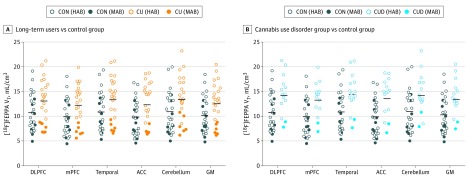Figure 1. Higher Fluorine F 18–Labeled N-(2-(2-fluoroethoxy)benzyl)-N-(4-phenoxypyridin-3-yl)acetamide ([18F]FEPPA) Distribution Volume in Long-term Cannabis Users.
In the dorsolateral prefrontal cortex (DLPFC), medial prefrontal cortex (mPFC), temporal cortex, anterior cingulate cortex (ACC), cerebellum, and gray matter as a whole (GM), the total distribution volume (VT) of [18F]FEPPA was statistically significantly higher in long-term cannabis users (CU) compared with the non–cannabis-using control (CON) group (A) and in the cannabis use disorder (CUD) group (n = 15) compared with the control group (B). Participants were grouped based on their translocator protein rs6971 polymorphism as high-affinity binders (HAB) or mixed-affinity binders (MAB). [18F]FEPPA VT values represent raw values unadjusted for genotype. Horizontal bar indicates group mean adjusted for genotype using the estimated marginal means of each region.

